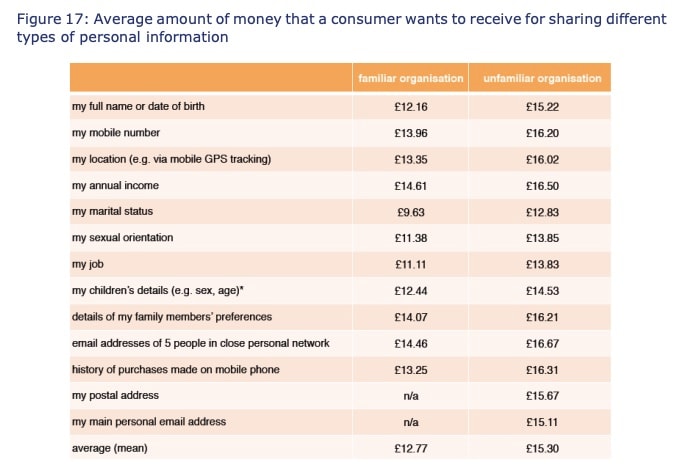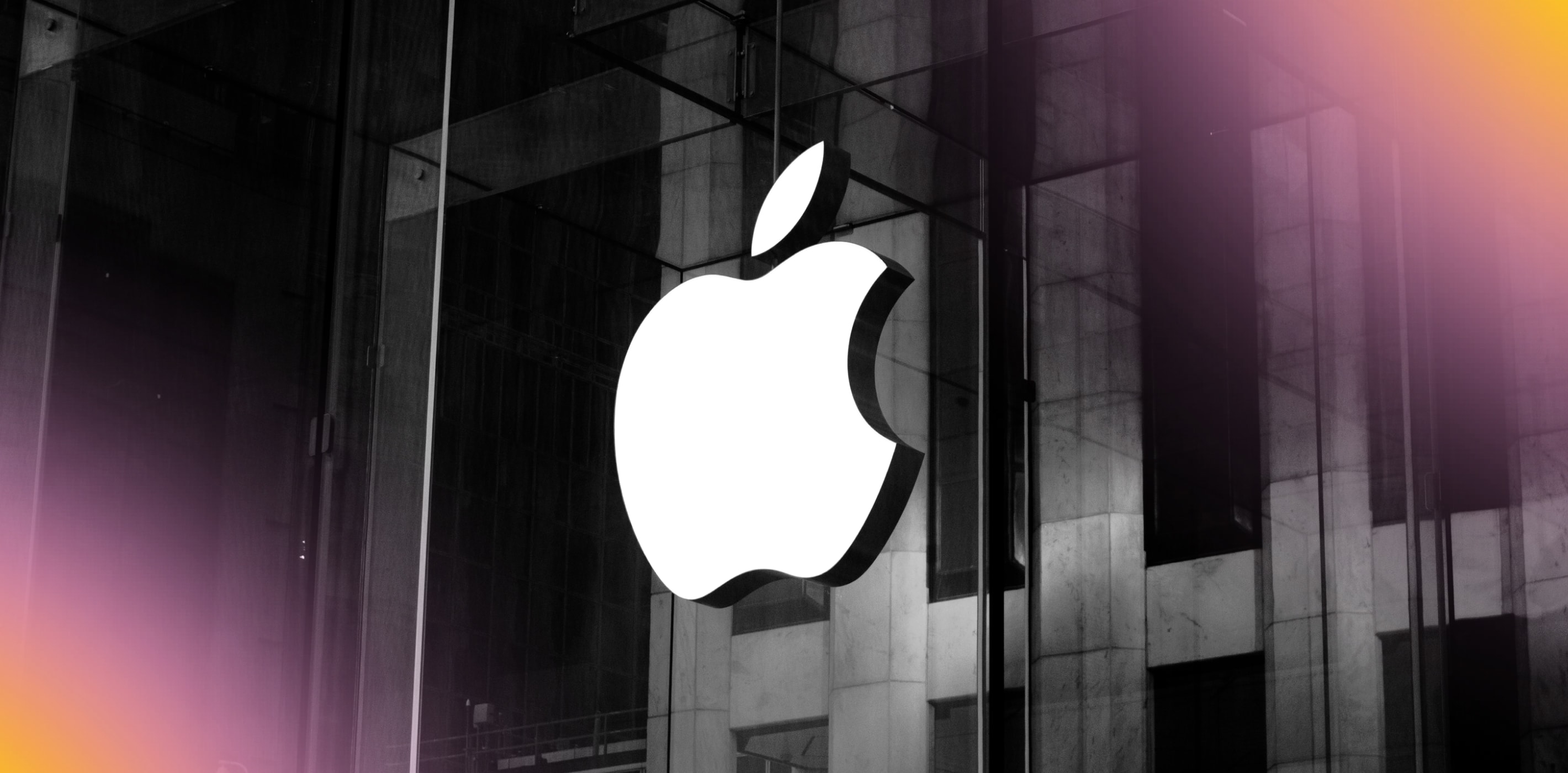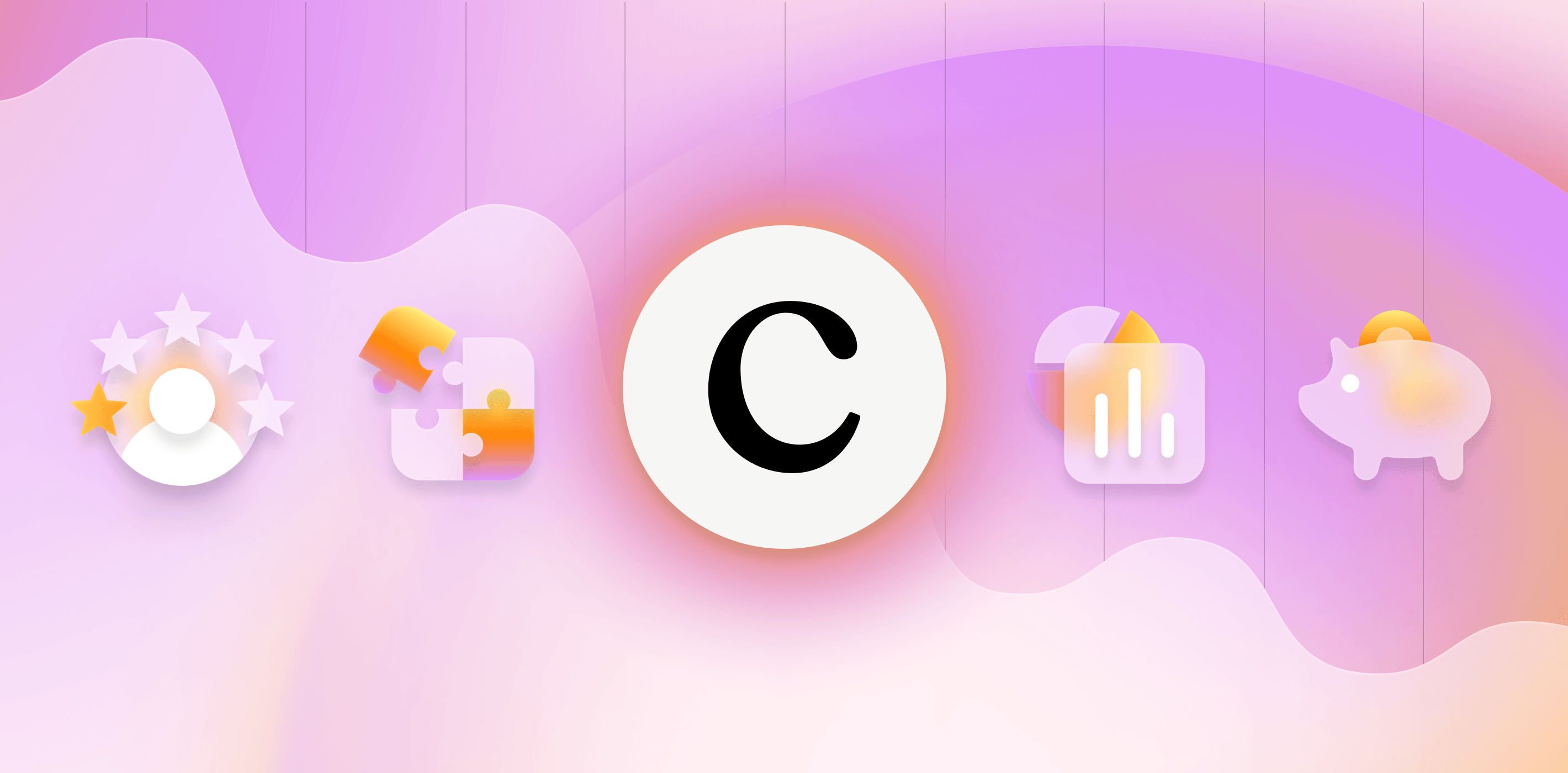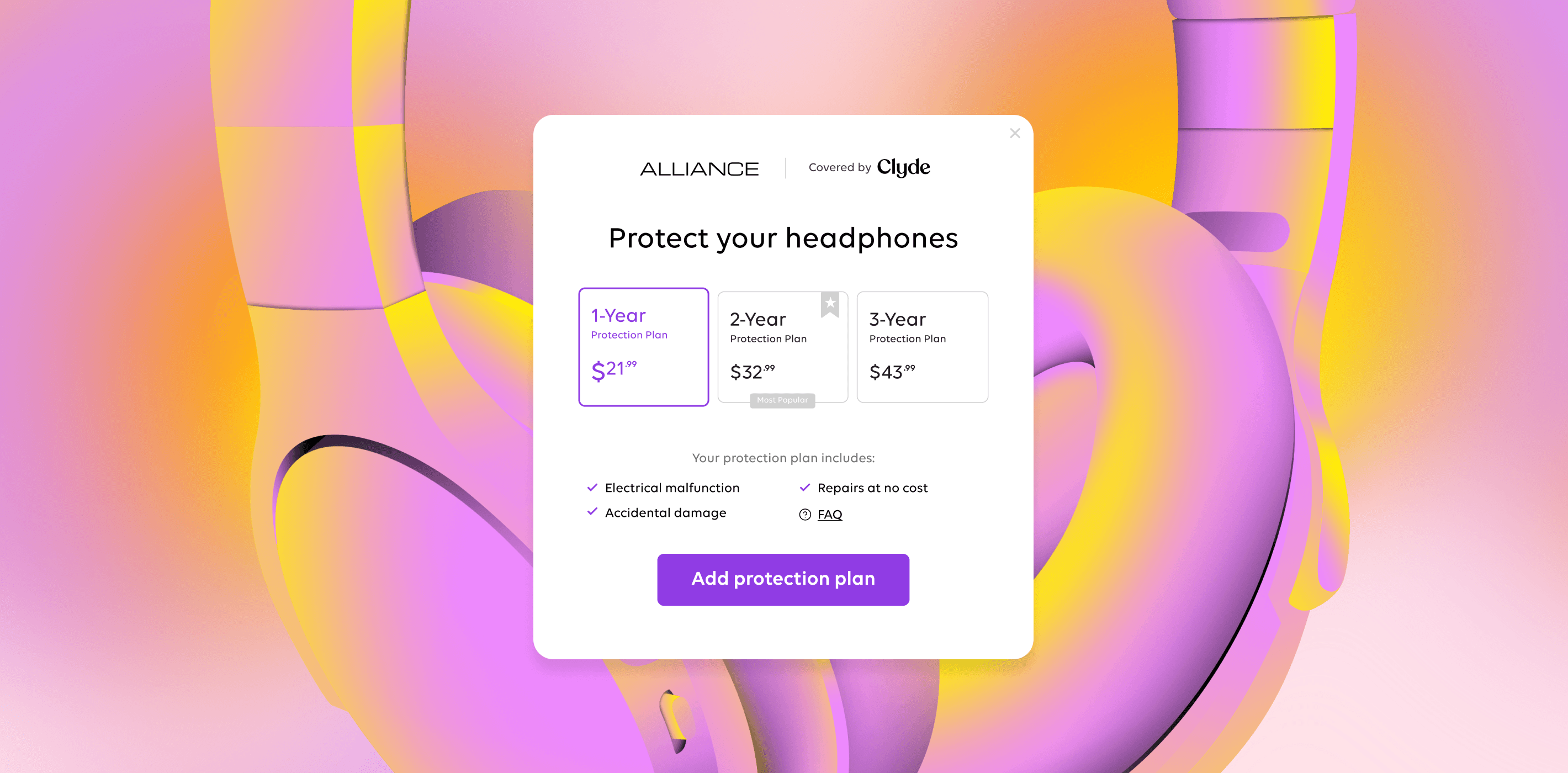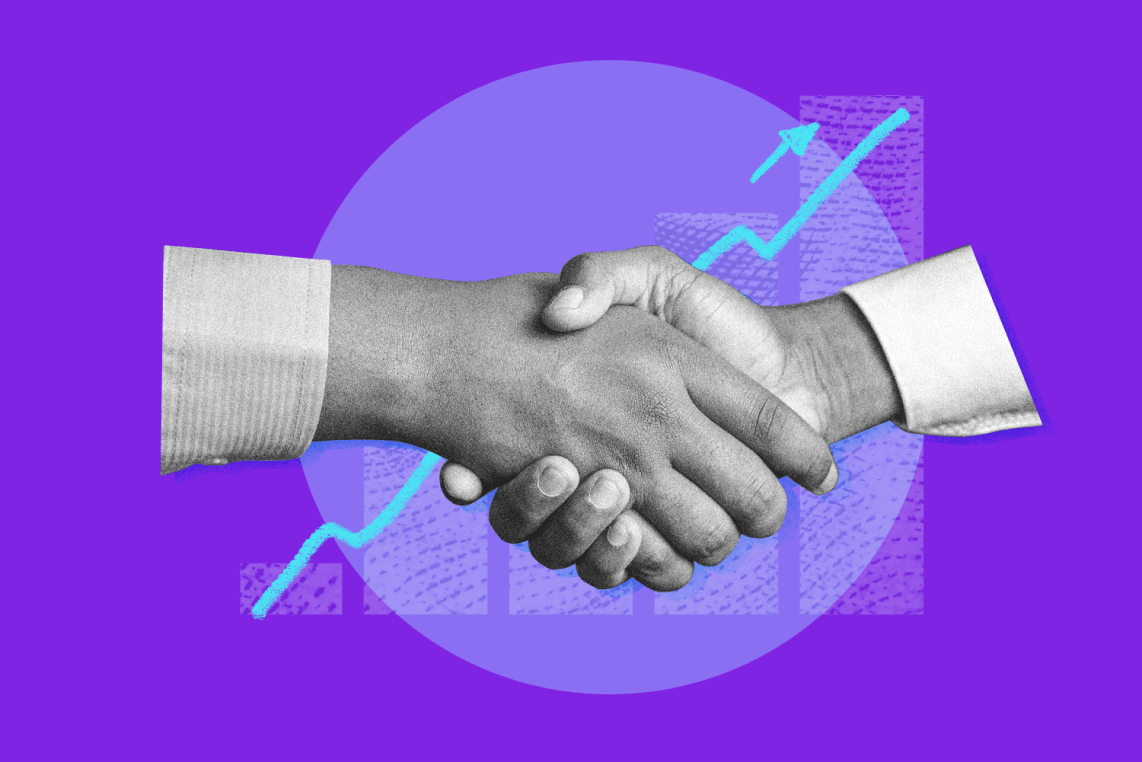How to Market to New Audiences (And Segment Them with First-Party Data)
There are only two ways to grow your business: keep your current customers coming back for more, or bring in new customers.
Investing in ownership enrichment — or improving the customer experience — is a great way to retain current customers.
On the other hand, if you have the desire, commitment, and time to bring in new customers, you’ll need to market to them. To do that successfully, you need to know something about your current customer base. Who buys from you? What characteristics do they have in common? And what other groups might follow their example, if only they knew about you?
Analyzing your audience and successfully segmenting it can help with both customer retention and customer acquisition. Here, we’ll talk about what that process looks like, as well as how product registration tools like Clyde can help.
An intro to different types of data: first-, second-, and third-party data
Before you can market to anyone, you need to know something about them. How much you know, and where you find it out, depends on the type of data you have available.
First-party data: what you collect on your customers through things like purchases, registration, and website sign-ups; this is data you own and can analyze to create personalized experiences and campaigns for your users, like Nike’s customer information from their direct online sales
Second-party data: data you get from another company (their first-party data), usually from purchasing, like a travel booking site that buys information from an airline
Third-party data: data that doesn’t come from a customer relationship but instead from an outside source that collects it, aggregates it, packages it, and sells it, like Facebook selling its customer data to advertisers
As we wrote about earlier this year, consumer data laws are changing . There is an international push for more data privacy for consumers. New laws in the U.S., Europe, China, and other major economies are heightening the restrictions on how companies can collect and resell user data. And it’s not just the politicians — consumers themselves recognize the value of their data.
Look at the numbers from this 2016 E.U. report. It found that consumers know their data is valuable, and want an average of around $13 to give familiar organizations details about their identity. (for unfamiliar organizations, the price is steeper — around $15.)
Big tech companies are changing their data strategy. Chrome won’t track third-party cookies as of next year. Apple has changed their privacy policy so that consumers have to opt in — versus out opt — of being tracked.
It’s never been more important for companies to protect their customers’ data — and to develop a first-party data strategy that centers customer consent.
What is segmentation?
Segmentation is the process of dividing marketing contacts into subsections.
Per Hubspot’s State of Marketing report , marketing teams create content for an average of three audience segments each time they send a campaign.
Imagine that you’re walking into new student orientation for school and trying to figure out who to talk to. If you knew certain things about some of the students — like if people were wearing stickers with the flag of the country they’re from, or if all of the science students were gathered in one section — it might make it easier to go up and start making connections.
That’s how segmentation works when it comes to marketing. You create specific target audiences based on shared data. As you collect first-party data on your customers, you can set conditions that allow you to define more specific groups. Once you have those groups, you can create specific campaigns to reach out to them, including the following types:
Digital marketing campaigns that use segmentation:
Email marketing
Content marketing
Social media
SMS or mobile marketing
Personalized landing pages
Traditional marketing campaigns that use segmentation:
Direct mail
Events
Out-of-home advertising
Per the Library of Congress , most consumer marketing segmentation happens across four main categories:
Demographic, which include age, years of education, size of family, gender, race, marital status, and income
Geographic, which include rural versus urban, neighborhood, nearby resources
Psychographic, which include interests, hobbies, activities, personalities, values
And behavioral, which includes purchasing history, usage habits, and brand loyalty
What does segmentation look like in marketing?
For example, let’s say that you sell e-bikes. You collect first-party data in many ways, all of which customers themselves consent to, including:
Collecting direct purchase data
Having your third-party customers register their purchases
Maintaining an email newsletter that interested people opt-in to receiving
Enabling a chatbot on their website that gathers information from visitors
Hosting events and gathering contact info from participants
Creating interactive gated content that viewers or users have to sign up to enjoy
And more
Because you have that data, you can look for trends in who your product sells well with or what kind of people show interest in it.
Maybe your first-party data, via purchases and registration records, reveals that your e-bikes are especially popular with working professionals between the ages of 25 and 45 living in major metropolitan areas. Let’s say that’s your biggest audience segment. Perhaps your second-biggest segment is owners of sports shops in suburban areas.
A campaign made for the sports shop owners — which focused, say, on how easy your bikes are to assemble en masse, or how popular they are in window displays — might not appeal to the working professionals. The professionals may respond better to a campaign that highlighted how safe your bikes are or that highlighted that you include a free helmet with every purchase.
If you’ve decided to run a campaign targeted towards working professionals in big cities who haven’t yet bought a bike of yours, you would:
Look for all contacts whose zip codes match those of the biggest 20 metropolitan areas
Sort for contacts who have not made a purchase at all, or haven’t made one over $100. (Maybe they bought a helmet or reflective gear but not a bike — not yet, anyways!)
Finalize your campaign. Maybe it’s a special offer that talks about how your bikes are a great, eco-friendly way to get to work for people who are now returning to the office a few days a week and gives them a 20% off hybrid-work discount .
Send the campaign to that audience segment and track how it does
Keep in mind that per Mailchimp data , the average open rate for marketing emails is 22.7%, with an average click rate of 2.9% — make sure you set reasonable benchmarks for success.
Though if you’re sending product protection emails from Clyde, know that our partners report open rates of 78% and above when sending transactional emails related to warranty or protection plans — so that might be a campaign worth thinking about.
How does product registration specifically help with audience segmentation and marketing?
If you sell a product directly to a customer, you have a record of that sale — that’s bread-and-butter first-party data.
But if you sell via third parties, your record of that sale might be nearly nonexistent.
Amazon, for example, is giving less data to sellers than ever. If you sell your e-bikes on Amazon, the ecomm giant might only give you basic customer information — like customers’ usernames and street addresses — if you explicitly need it.
“For any third-party seller on Amazon, customer information is a black box,” reported Modern Retail in 2021.
Not selling on Amazon isn’t really a viable option. They have a whopping 39.5% of the U.S. ecommerce market share, per CNBC .
So what’s a brand to do?
Invest in product registration.
Registration works like this:
When a customer gets your product, they also get a reminder to register that product with you via a postcard, QC code, sticker, or other form of communication.
That registration comes with clear benefits for them — like discounts, information on purchase protection options, exclusive content, community access, onboarding / orientation materials, product tips and tricks, or other useful, customer-centered offers.
After following the link you send, customers register on a simple landing page, giving you the ability to link their purchase to first-party data about them, starting with name and email but oftentimes expanding to address, age, and other information.
Registration gives brands a way to connect with third-party customers who want to stay in contact with them.
Clyde’s Registration product is an easy way to do that. It integrates with the marketing tools you already use, like Attentive and Klaviyo, and makes it simple for you to turn third-party data into first-party data — and then set up thoughtful, high-performing marketing campaigns to scale your marketing strategy and your success.
Set up a Clyde demo today
Ready to start expanding your marketing reach, connecting with more customers, and investing in the future of your business? Get started with Clyde’s Registration tool today.
SIGN UP FOR OUR NEWSLETTER

